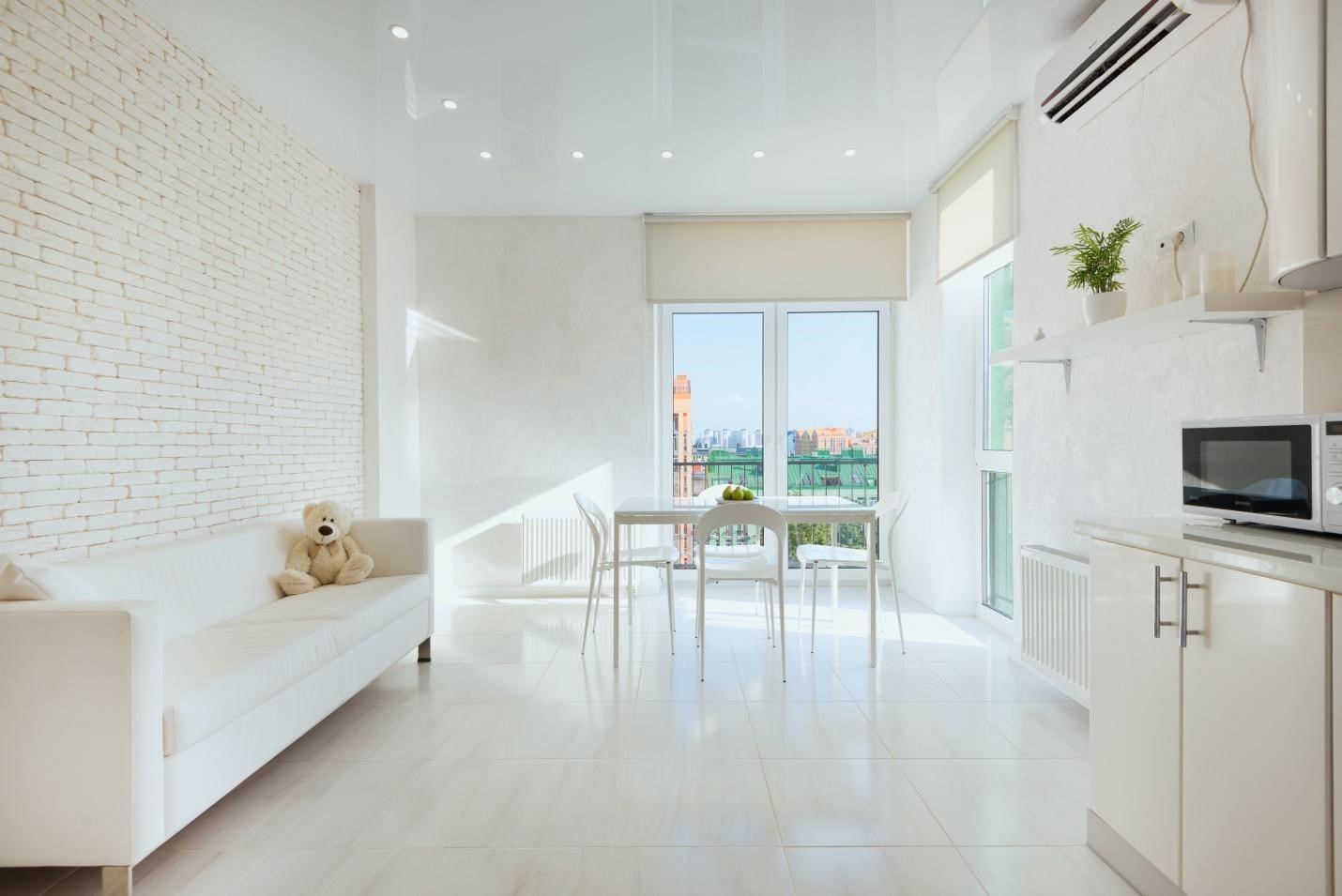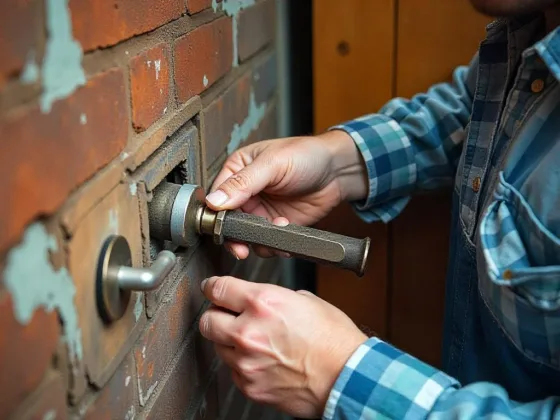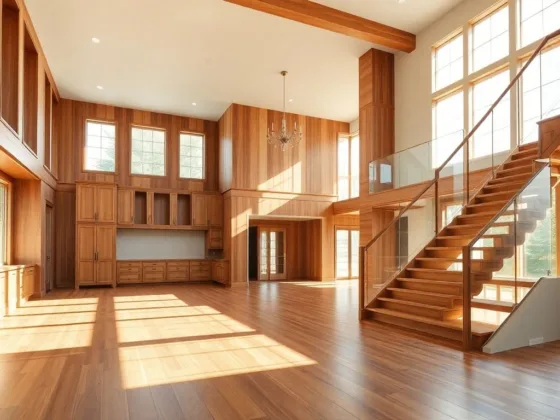Table of Contents Show
Australia is one of the hottest countries in the world, with average temperatures often exceeding 35°C in most parts, especially New South Wales and Western and Southern Australia.
However, states like Tasmania, Victoria, and Queensland experience a mix of arid, semi-arid, subtropical, and subpolar oceanic climates, with temperatures falling between both ends of the spectrum.

Therefore, air conditioners have become necessary in modern Australian households to combat scorching summers and cold, dry winters.
However, due to changing climate and temperature fluctuations, choosing the right air conditioner isn’t a walk in the park anymore, or in this case, the nearest home appliance store.
You need to consider many factors to choose the best option for your home in terms of room size, capacity, price, type, etc.
So, if you’re in the market for your first purchase or an upgrade, you’re at the right place. In this post, we’ll be sharing the ultimate guide for buying an air conditioner in Australia and help you make this surprisingly complex endeavor easy.
The Ultimate Air Conditioner Buying Guide for Aussies
1. Size
To get the desired cooling and heating, you need to choose the right air conditioner, so it suits your room and optimizes its performance and energy efficiency.
If you purchase a larger unit than your room requires, it will use more energy, and if you buy a smaller unit than your space requires, it will not cool or heat your space efficiently.
Read Also:
So, if you’re wondering what size is right for your space, the math is simple – you’ll need roughly about 0.15 kilowatts per square meter. Here’s a standard size guide:
| Room Size (Squared Metres) | Cooling/Heating (KW/KWh) |
| 9 | 2.5 / 3.2 |
| 25 | 3.5 / 3.7-4.3 |
| 30 | 3.5-5 / 3.7-6 |
| 40 | 5-6 / 6-7.2 |
| 45 | 6-7.1 / 7.2-8 |
| 50 | 7.1-8 / 8-9 |
| 55 | 8-9.2 / 9-10 |
2. Type
There are several types of air conditioners in the market today available for sale in stores, each catering to a specific audience and their requirements (read here for options). Here are the most common types you can find in Australia:
1. Split System Air Conditioners (Cooling Only)
A split air conditioning unit is used to cool a single room. It sucks out heat from space and blows in cold air. This air conditioner consists of an indoor-wall mounted unit attached to an outdoor compressor that exchanges and dissipates heat from the space. This type is usually the go-to option for Aussies in hotter parts of the country that want to cool parts of their property, not their entire living space, e.g. bedroom, living room, etc.
2. Reverse System Air Conditioners
Reverse system air conditioning units can create both cold and hot air and are suitable for temperamental places. Due to their multi-purpose nature, they’re relatively more expensive than their cooling-only counterparts, but they’re an excellent investment for keeping your space comfortable all year round.
3. Portable Air Conditioners
If you’re looking for a portable option you can carry around from one room to another, opt for a portable air conditioner. These home appliances vary in terms of price, range, and features. The only downside is that they’re not effective in large spaces, so you’ll need to keep them next in close range. So, if you’re looking for an inexpensive option to get a good night’s sleep during the summer, consider placing it next to your bed.
4. Wall/Window Systems
Wall/window-mounted systems may not be as popular as a couple of decades ago, but they’re still commonly used for cooling medium to large rooms in properties. These appliances are generally more powerful than split and portable air conditioners but are not as energy efficient as either.
3. Features
Once you’ve settled on the type and size, the next thing you need to consider is the features, as they will also influence the cost. Modern units don’t just cool or heat spaces by the push of a button but include special features, such as:
- Presence sensors that shut down cooling or heating by detecting people
- Sleep mode that automatically adjusts the temperature according to your requirement
- Adjustable louvers with more rotation
- Dehumidifiers for removing moisture from the air
Final Thoughts
And there you have it – the ultimate guide for buying an air conditioner in Australia. However, there are other factors you can consider, such as ease of installation, usage, brand, energy efficiency, and your location’s climate.
The next step is to look for the head for an online or local store and pick the right option while making a more informed decision.










